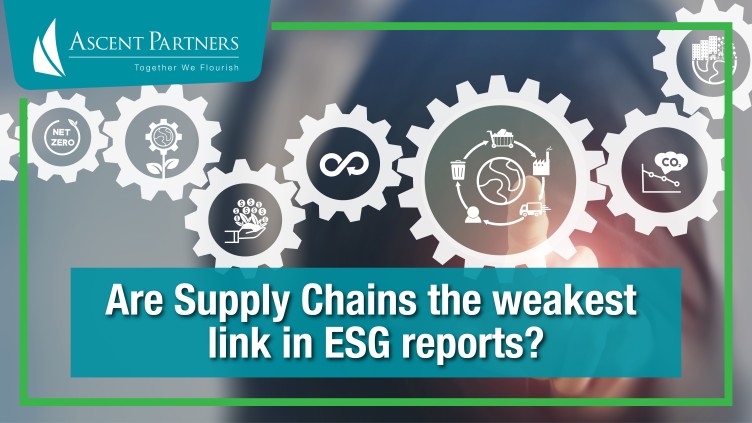
Are Supply Chains the weakest link in ESG reports?
According to research from the UN Principles for Responsible Investment, 86% to 95% of a manufacturer’s ESG impact is a result of supplier activities, for example.
Whilst many businesses rely on supply chains, manufacturing, financial services, food and beverage and banking are some of the most reliant on an efficient supply chain.
But how well do you, as a company, know about your supply chains ESG credentials? What impact are they having on the planet?
Companies are often unaware of hidden risks in their supply chains. Being unaware of what’s happening within your supply chain will not protect you from violations if something is found within your supply chain.
For example, the Uyghur Forced Labor Prevention Act (UFLPA)and the German Supply Chain Due Diligence Act (SCDDA). In the U.S., regulatory agencies have increased the scope and enforcement of legislation such as the California Safe Drinking Water and Toxic Enforcement Act of 1986 (Proposition 65) and Section 6(h) of the Toxic Substances Control Act (TSCA).
As regulations expand, so do legal obligations for companies. Being unaware of violations happening in your supply chain will not protect you from possible fines, decreasing investor confidence, which may lead to a direct drop in value.
And there are two other major factors driving supply chain ESG: investor and consumer demand. Investors see the cost of ESG risks to the supply chain — environmental damage, supply chain delays, and poor brand image all decrease the value of their investments.
As consumers and investors become increasingly aware of the importance of ESG in the supply chain, companies that do not have a sound and effective ESG maturity may fall by the wayside.
A company that is just embarking on its ESG journey, however, has not necessarily missed the bus. Companies that are in the early stages of developing their ESG program and those that implement their programs now will be able to meet investor, consumer, and c-suite demands for greater sustainability, creating a competitive advantage and establishing themselves as sustainability leaders.
And that will ultimately drive revenue, profits and brand image. Ignore supply chain management at your peril!
